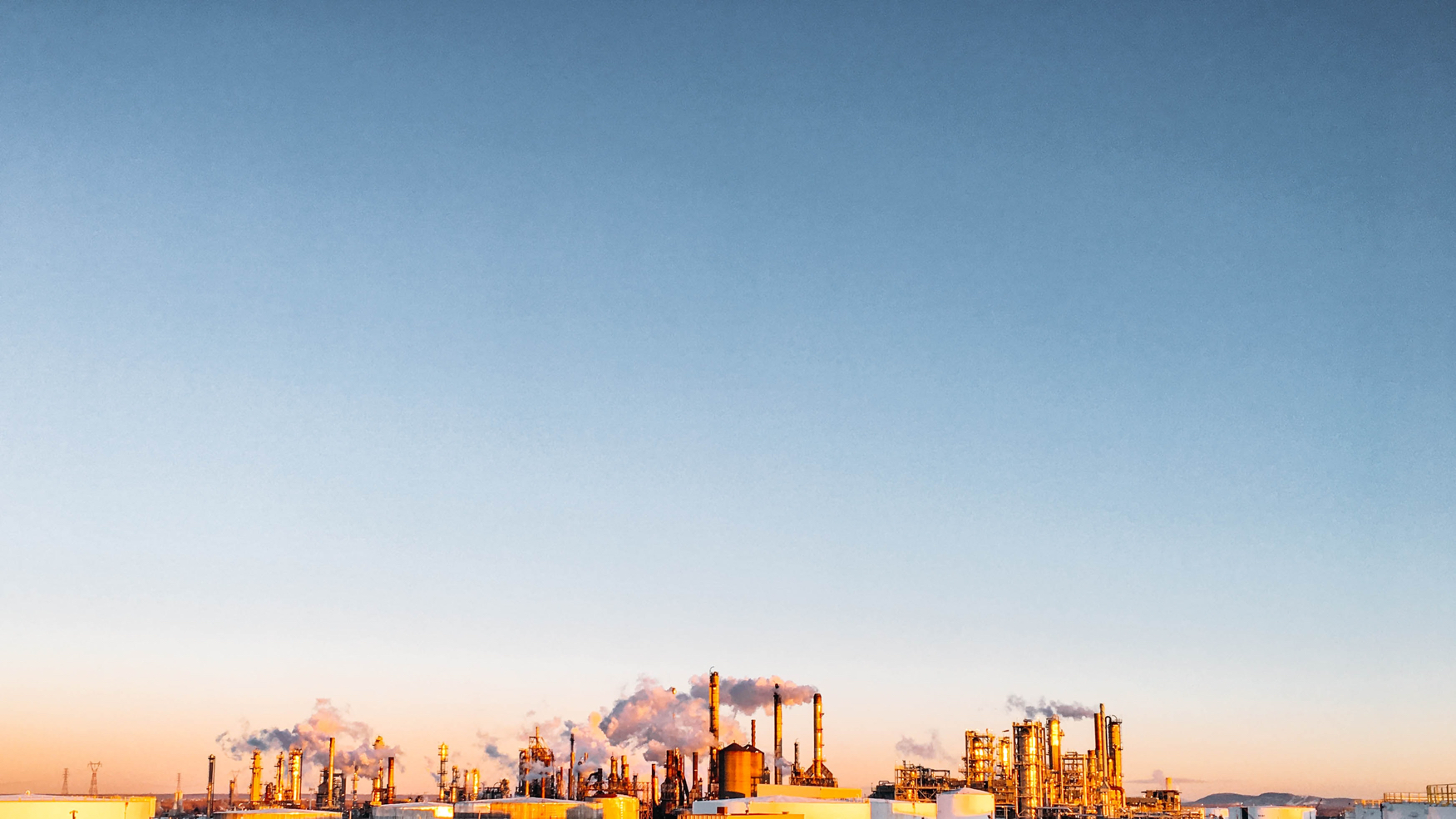Airlines: The outlook for airlines has improved dramatically. Passenger yields, i.e. the average amount paid by a passenger to fly one kilometer (revenue per RPK), are expected to further strengthen by +3.2% y/y this year, given strong demand and limited capacity, setting the stage for overall revenue growth of around +6.5% y/y, totaling USD967bn (from USD838bn in 2019). Furthermore, after three loss-making years, the airline industry reported a net profit of USD27.4bn in 2023 – earlier than expected. This was already +3.9% higher than the 2019 level. For 2024 the industry anticipates a full-year profit of USD30.5bn. However, profitability will not look the same across regions, due to geopolitics. Aircraft fuel oil is the biggest operating cost for airlines and although jet prices have remained moderated year to date, this input cost is one of the most volatile since supply and therefore prices are conditional on geopolitical matters and regional capacity. On top of this, fueling costs change notoriously from one region to another, with Latin American Airlines being more vulnerable to kerosene price changes.
Decarbonization: This is and will be the main challenge of this industry in the short, medium and long term, given that the technology necessary to decarbonize the sector has not yet been developed on a large scale. The Sustainable Aviation Fuel (SAF) market remains in its early stages of development, which means low supply and a very high prices. To achieve a significant increase in SAF production, cooperation between the government and key players in the industry is essential.
Maritime: Disruptive events in recent years have highlighted the risks of trade choke points. The accidental obstruction of the Suez Canal in 2021, droughts in the Panama Canal in 2023-2024 and, more recently, the crisis in the Red Sea reveal how much global shipping routes depend on certain tight passages. The ongoing Red Sea crisis suggests that at a time of sufficient shipping capacity and relatively muted demand, alternatives can be found (year-to-date, the number of container ships crossing the Bab-El-Man deb Strait is -76% lower than usual, while shipping volume around the Cape of Good Hope has soared by +193%). Other key maritime choke points could come under increased scrutiny in a world of rising uncertainty: Around 30% of oil traded on the world’s oceans passes through the Hormuz Strait, while the Malacca Strait accounts for 25-30% of global trade and 40% of the world’s container ships passes through the Taiwan Strait. As there is still a lot of uncertainty regarding geopolitical tensions and trade tariffs, shipping prices continue to show a lot of volatility, especially container freight rates. While they initially rose significantly in the first two months of the attacks on ships in the Bab-El-Man deb Strait (+87% Dec vs Nov and +177% Jan vs Nov) and reached a peak of USD3,964/forty-foot per container by the end of January, prices then started to sequentially decline over March and April (to USD2,706) as supply chains adapted to disruptions and the sector’s capacity was outpacing fragile demand. However, recent announcements of potential trade tariffs to China have sent maritime transport prices skyrocketing again, reaching a new peak this year (USD4,716). As of today, the WCI index is +181% higher than a year ago, or in other words it is 3.2x higher than the pre-pandemic usual level of USD1,450/forty-foot.
Rail: Europe is one of the regions where rail transportation is most developed, given the small size of the continent (reduced distances between cities/countries), the flexibility for crossing borders within the Schengen Area and the capital investments made by governments to install an extensive railway network. In Europe, this sector has historically been state-owned, with each country having its own rail-transportation company that ensures mobility through the entire territory. For this, each country oversees investing the necessary amount for the expansion and renovation of railway networks, as well as for the purchase of rolling stock. In the same way, governments can fix prices, which creates a certain monopoly within each territory. Nevertheless, since 2021, an EU “rail-market liberalization” project has been agreed, which aims to progressively liberalize the commercial long-distance rail market to encourage competition between operators and therefore improve services quality and offering for travelers in Europe. Other countries such as the US, China, India, and Japan also rely on rail transportation. However, in these countries, trains are more used for the transport of merchandise (cargo) than for passenger transportation.
Road: The 2020-2021 health crisis halted government investment in roads and infrastructure in many geographies, especially in developing regions such as Asia, LatAm, and Africa, where it is precisely the lack of transport infrastructure investment that has been inhibiting growth. In contrast, in developed regions such as Europe and the US, governments have implemented new infrastructure projects during the crisis, aiming to drive economic and employment growth. For instance, the European Commission has been working on a Trans-European Transport Network (for railways and roads), aiming to connect 424 cities and imposing a minimum speed of 160km/h. The network is planned to be fully completed by 2040. For companies running inter-city buses and coaches, one of the main challenges is to be able to transform their fleets towards electric vehicles, which is relatively easier to finance in Europe than in any other region of the world. But before fully switching away from diesel, the region requires more electric charging station, both on highways and in cities.










